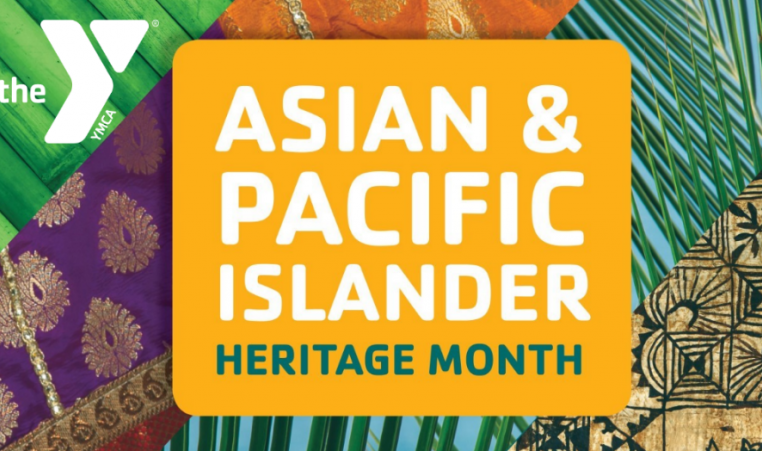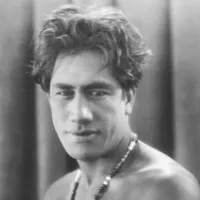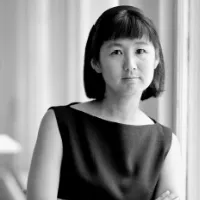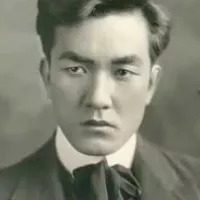Celebrate Three Asian & Pacific Islander (AAPI) Heritage Month

Since 1992, the month of May has been celebrated as Asian American & Pacific Islander (AAPI) Heritage Month. This month was chosen to commemorate both the arrival of the first Japanese immigrants to the U.S on May 7, 1843 and the completion of the transcontinental railroad -which was predominantly built by Chinese immigrants on May 10, 1869. Today, let's learn about three notable Asian American & Pacific Islanders!
Duke Kahanamoku - King of the Waves
August 24, 1890–January 22, 1968
Duke Kahanamoku came to be known as the father of international surfing, but the Hawaiian native made his first splash as a swimmer at the 1912 Olympics in Stockholm, Sweden. Born in Honolulu in 1890, Kahanamoku struck gold by setting a world record in the 100-meter free-style and earned a silver medal in the 200-meter relay. He won two more golds at the 1920 Antwerp Olympics, a silver at the 1924 Paris Olympics, and a bronze at the 1932 Los Angeles Olympics. Kahanamoku’s swimming and surfing talents caught the attention of Hollywood, and over the course of nine years, he appeared in nearly 30 movies. Kahanamoku went on to serve as sheriff for the City and County of Honolulu for 26 years. When the legendary swimmer and surfer died at the age of 77, he was remembered for his athletic talent and sportsmanship.
Maya Lin - A Monumental Archtech
Born October 5, 1959
Maya Lin rose to fame in 1981. Just 21 years old and still an architectural student at Yale University, Lin won a contest to design the Vietnam Veterans Memorial in Washington, D.C. Her design beat out more than 1,400 entries. The Memorial’s 594-foot granite wall features the names of the more than 58,000 U.S. soldiers who died during the Vietnam War. Each year, four million people visit the wall to pay their respects to these war heroes. Less than a decade later, Lin designed another famous structure—the Civil Rights Memorial in Montgomery, Alabama. The monument outlines the major events of the Civil Rights Movement. Today, Lin’s designs can be found in several American cities and continue to inspire the entire nation.
Sessue Hayakawa - Actor, Producer, Author, Martial Artist, Monk
June 10, 1886–November 23, 1973
During Hollywood’s silent screen era Japanese screen star Sessue Hayakawa rivaled Douglas Fairbanks, Charlie Chaplin and John Barrymore in popularity with film audiences. Hayakawa was one of the highest paid Hollywood stars of his time, making over $5,000 a week in 1915, then $2 million a year through his own production company in 1920s. He was handsome and flamboyant and gave some of Hollywood’s legendary parties. Hayakawa was also Paramount’s first choice for the role of The Sheik that launched Rudolph Valentino’s career in 1918. Not bad for a student from Japan who stumbled into acting during a vacation in Los Angeles!
Hayakawa was a remarkable man who lived a remarkable life. He was an actor, producer, author, martial artist and an ordained Zen monk. He starred in over 80 movies and achieved stardom on three continents. In one night during the peak of his success, he gambled away $1 million at Monte Carlo, shrugging off the loss while another Japanese gambler who lost a fortune committed suicide. From the gaudy heights of Hollywood in the early 20s, to occupied France in the 30s and 40s, to his academy-award nomination in 1957, Hayakawa’s movie-like life brimmed with extraordinary adventures and accomplishments.
For more information about Asian-Pacific Islander American Heritage Month, visit: https://asianpacificheritage.gov/



